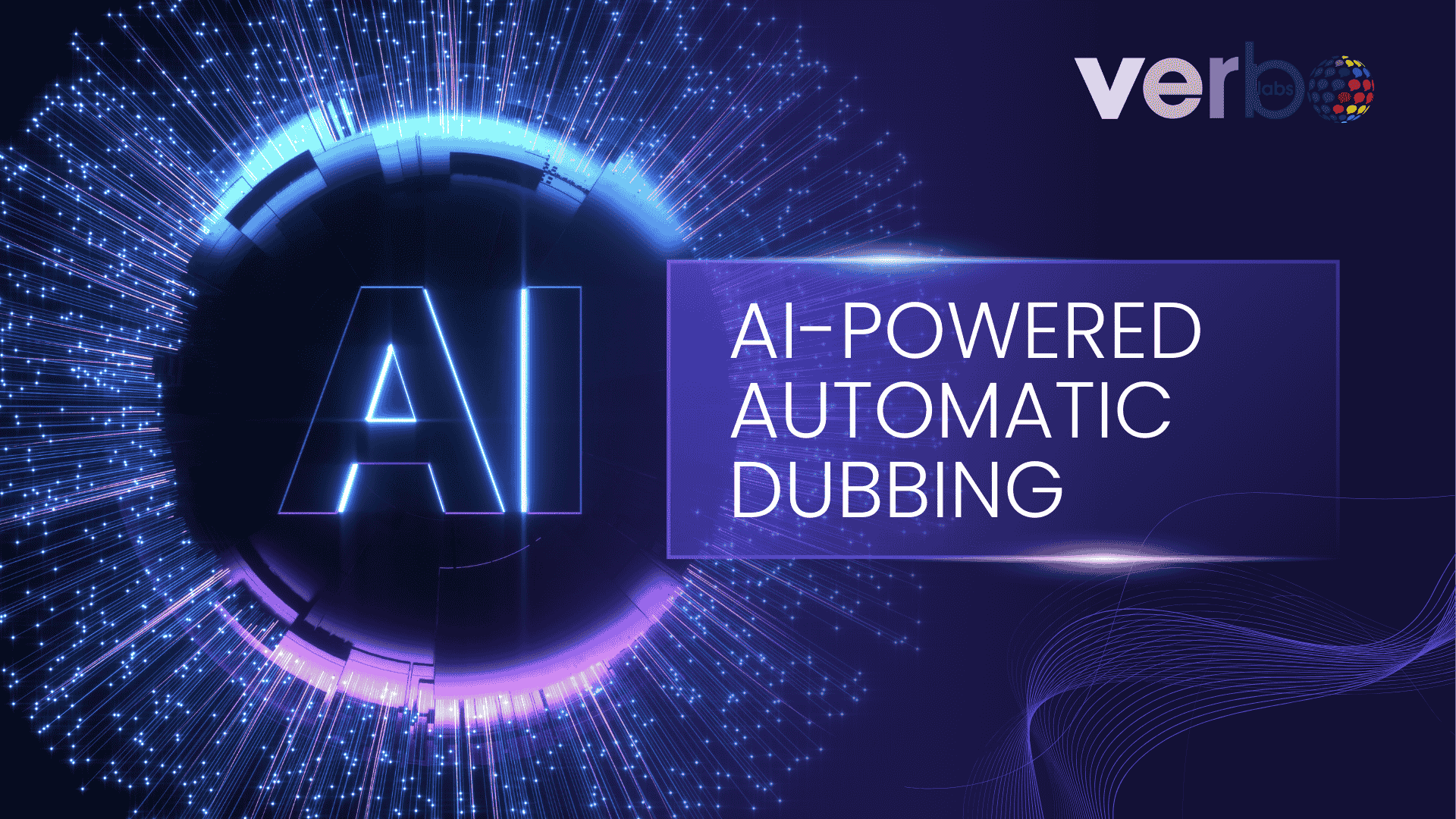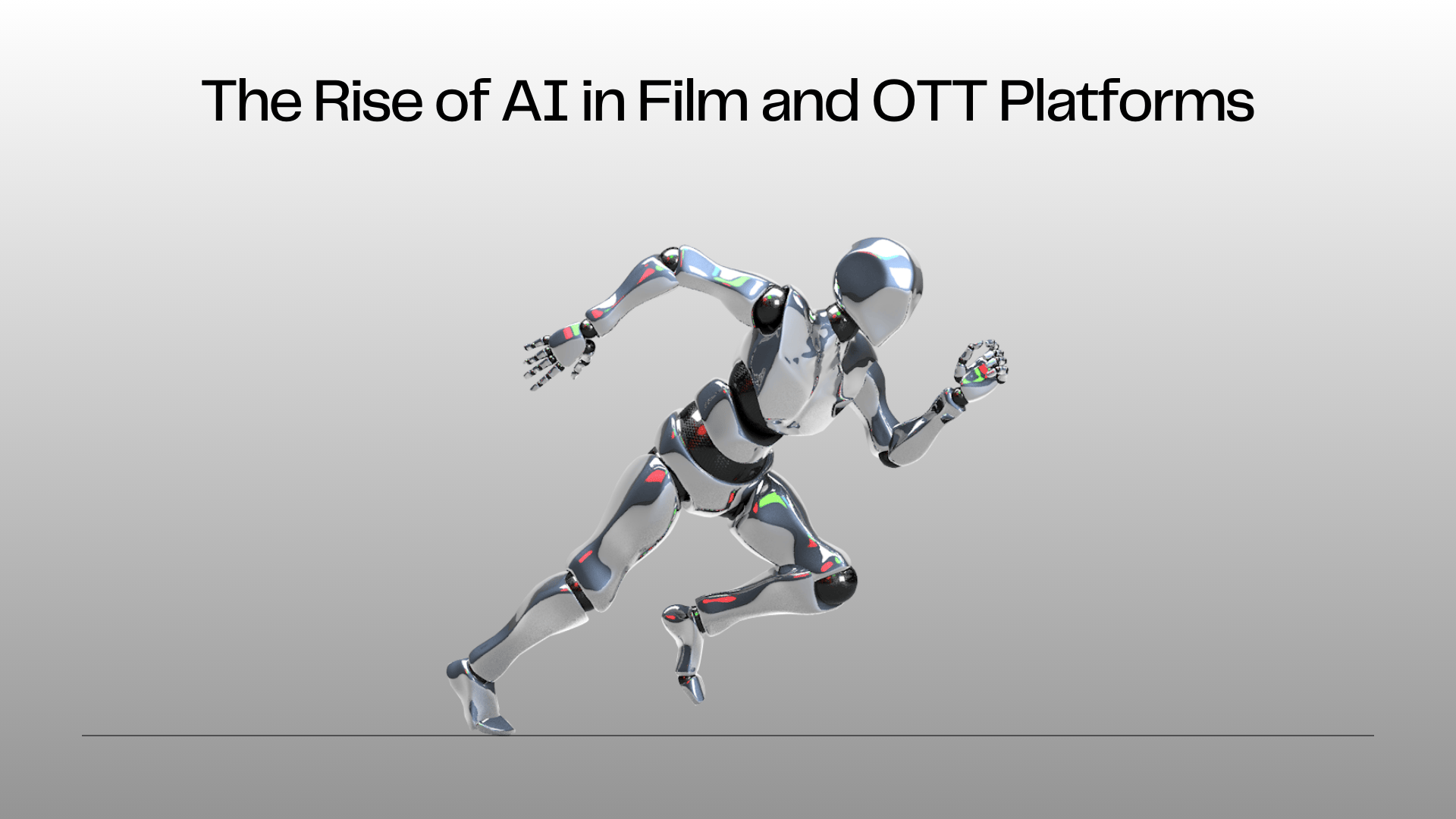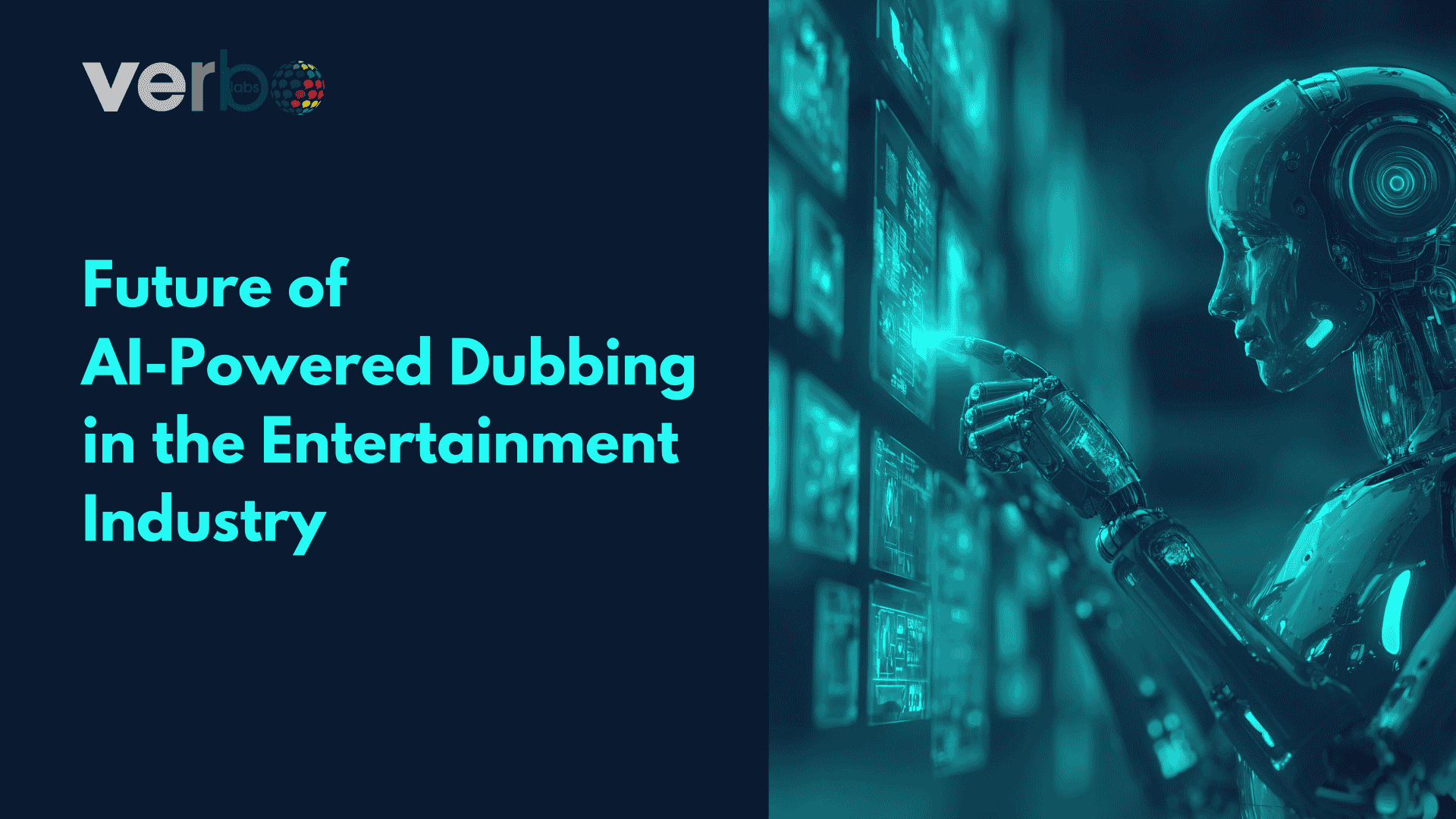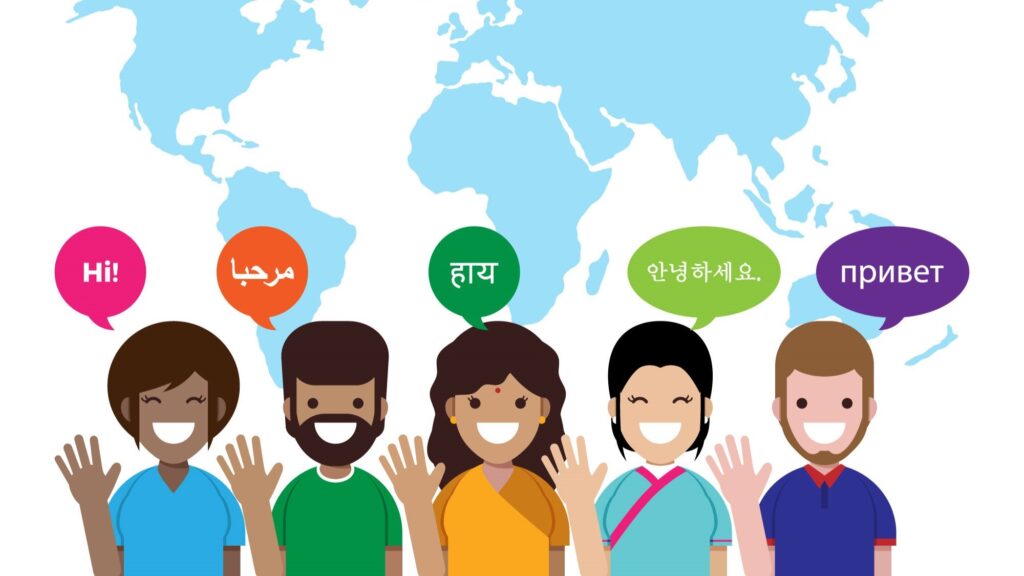
The entertainment industry is experiencing one of its most exciting shifts yet. From the early days of film to today’s streaming era, technology has always found new ways to reinvent storytelling. Now, AI-Powered Automatic Dubbing is taking center stage.
By blending machine learning, natural language processing, and advanced voice synthesis, this technology allows creators to bring their stories to global audiences faster, cheaper, and more effectively than ever before. It’s not just a technical upgrade — it’s a game-changer that’s reshaping how we watch, share, and connect with content worldwide.
In this comprehensive blog, we will define what AI dubbing is, explain how it works, explore its development in film and OTT, discuss its benefits and drawbacks, and examine the future of this exciting technology. As the industry embraces AI-powered dubbing, working with a trusted partner like VerboLabs ensures your content reaches audiences worldwide with quality and cultural accuracy
What Is AI Dubbing and How Does It Work?
Traditionally, dubbing required new dialogue to be recorded in the target language in place of the original audio for films, series, and other video-based content. The entire dubbing operation relied on teams of human translators, voice actors, sound engineers, and directors to make the version (dubbed version of the material) feel truthful and “natural”.
AI dubbing takes this a step further by automating most of the above human processes using artificial intelligence. It utilizes algorithms and machine learning models to:
- Transcribe original dialogue to text,
- Translate text to the target language (often using context and neural machine translation),
- Synthesize natural-sounding speech in the target language (sometimes mapping the original actor’s tone, pitch, emotion, etc.), and
- Make lip-sync adjustments using visual AI models to align the new audio with the speaker’s mouth movements.
Essentially, AI-generated content is a localized version of the content that will likely take significantly less time to produce than traditional dubbing and is maintained at a surprisingly high degree of quality.
The Rise of AI in Film and OTT Platforms

The entertainment industry has witnessed a surge in OTT (Over-the-Top) platforms, including Netflix, Amazon Prime Video, Disney+, and regional platforms, worldwide. As audiences become increasingly global, the demand for multilingual content delivery has skyrocketed.
Traditionally, subtitles and dubbing were handled manually, requiring extensive human labour and costs. As streaming services rush to release content simultaneously in multiple regions, AI dubbing presents a scalable and efficient alternative.
For example:
- Netflix has experimented with AI-based subtitling and translation to speed up release cycles.
- Startups specializing in automatic dubbing have been acquiring funding to offer affordable dubbing for independent filmmakers and smaller platforms.
- Regional OTT platforms in Asia, Europe, and Latin America are turning to AI-powered dubbing to bridge the gap between content availability and audience preferences.
AI dubbing isn’t just a convenience — it’s becoming a competitive advantage in an industry where speed-to-market can determine a platform’s success.
Benefits of AI Dubbing for Content Creators and Viewers
AI-powered automatic dubbing offers a range of advantages for both content creators and audiences worldwide.
Cost-effectiveness
Traditional dubbing is expensive. It involves paying for translation, hiring voice actors, booking recording studios, and editing. For smaller production houses or indie filmmakers, this cost can be prohibitive.
AI dubbing reduces these expenses dramatically. Once the AI system is set up, multiple language versions can be generated with far fewer resources. This opens the door for more inclusive content distribution, especially in markets where dubbing budgets were previously unaffordable.
Faster turnaround time
Time is a critical factor in entertainment. Releasing a show or movie in multiple languages simultaneously helps platforms capture global audiences during the hype cycle. Traditional dubbing can take weeks or months per language.
AI-powered dubbing can produce results in hours or days, enabling:
- Simultaneous global releases
- Faster content updates (e.g., editing a show’s dialogue post-release)
- Rapid testing of content in new markets without massive upfront investments
For viewers, this means access to their favourite shows in their preferred language much sooner than before.
With AI dubbing services, creators can cut costs, accelerate release cycles, and make multilingual content accessible at scale.
Limitations of AI Dubbing Compared to Human Dubbing
Despite its promising capabilities, AI dubbing is not without challenges. The technology is still evolving, and several limitations remain:
- Emotional depth: Human voice actors bring subtle emotional nuances to their performances, which AI-generated voices may still struggle to replicate convincingly.
- Cultural context: Automated translation can overlook cultural references, humour, or idiomatic expressions, resulting in awkward or inaccurate dubbing.
- Accent authenticity: While AI can mimic tones, creating truly authentic regional accents remains difficult.
- Creative direction: Directors often guide human dubbing sessions to match performance style, timing, and mood. This level of artistic input is currently hard to integrate into automated workflows.
For premium productions, especially high-budget films, human dubbing may continue to be preferred to ensure emotional and cultural authenticity.
Future of AI-Powered Dubbing in the Entertainment Industry

Looking ahead, the future of AI dubbing is promising and likely to evolve rapidly. Several trends are already shaping where the technology is headed:
- Hybrid workflows: Combining AI-generated rough cuts with human review and refinement could balance speed and quality.
- Real-time dubbing: With advancements in low-latency AI, live events or broadcasts can be dubbed into multiple languages in real-time.
- Improved emotional modelling: Future voice synthesis models will likely better capture emotional expression, making AI voices more human-like.
- Global content democratization: Indie creators, YouTubers, and regional filmmakers could distribute content worldwide without language barriers or heavy budgets.
The ultimate goal is to make storytelling truly universal — where language no longer limits access to entertainment.
Can AI Replace Human Dub Artists?
The big question is whether AI dubbing will fully replace human dub artists. In many cases, AI is likely to capture a significant portion of the market, particularly in low-budget and/or fast-turnaround pieces. However, human artistry will always be irreplaceable in some aspects.
Elite productions, where the performances are emotive rather than perfunctory, and where cultural sensitivity is paramount, will always need human dubbing practitioners. Instead of taking a job away from people, AI will likely act as an incremental tool — speeding up workflows, saving costs, and allowing artists to spend more time on creative and emotive decisions.
At the end of the day, AI-powered automatic dubbing is not removing humans from the process; it is simply removing the cost and ensuring the artistry of the human product on a world stage.
Conclusion
AI dubbing isn’t just a technological trend; it is changing the way we interact with entertainment. As machine learning continues to improve, dubbing will become more seamless, more emotional, and nearly indistinguishable from the work of humans. There is an opportunity for content creators and streaming platforms to embrace this new form of dubbing, allowing storytelling to break down linguistic barriers and reach truly global audiences.

Bring your stories to global audiences faster with AI-powered dubbing.



